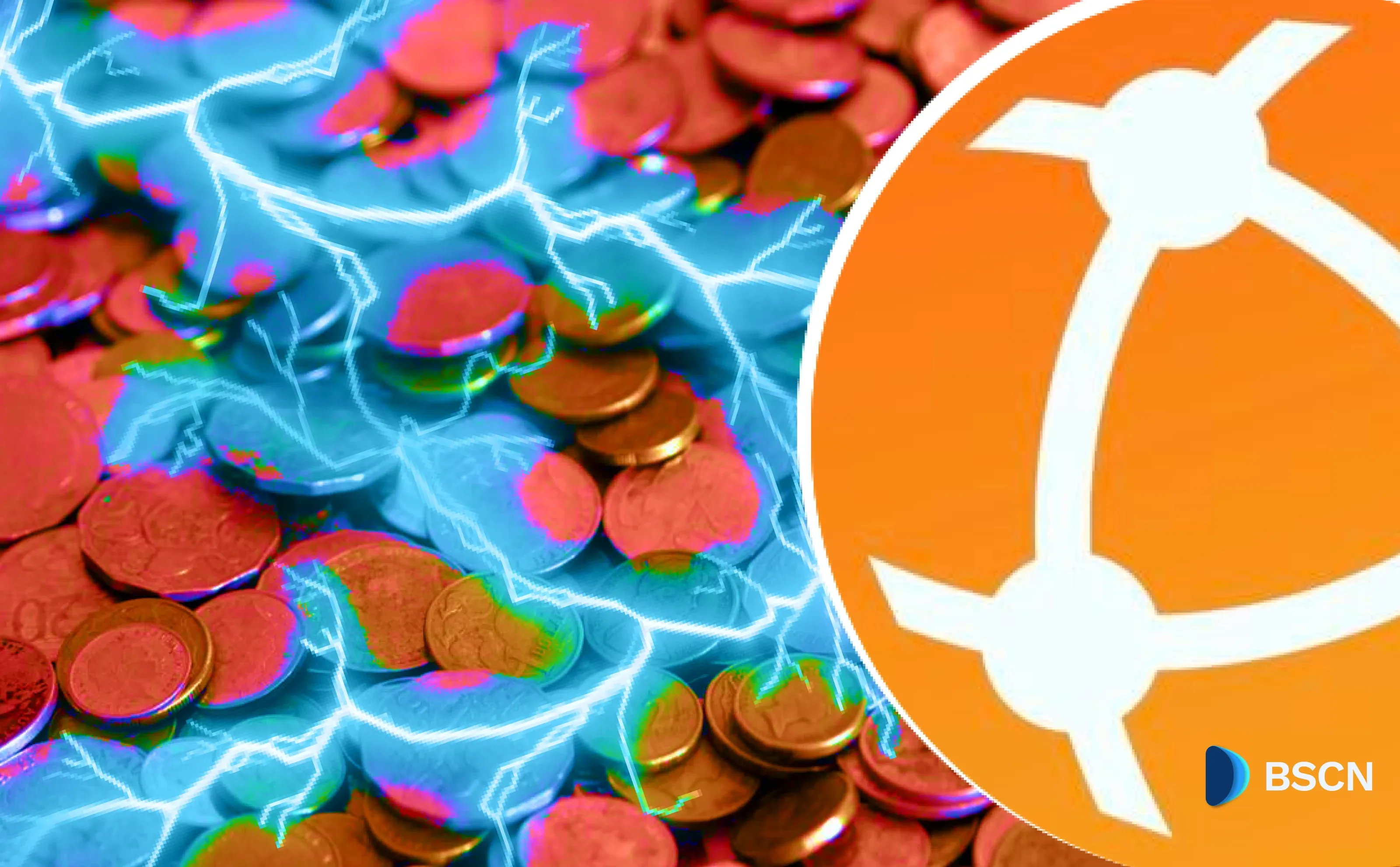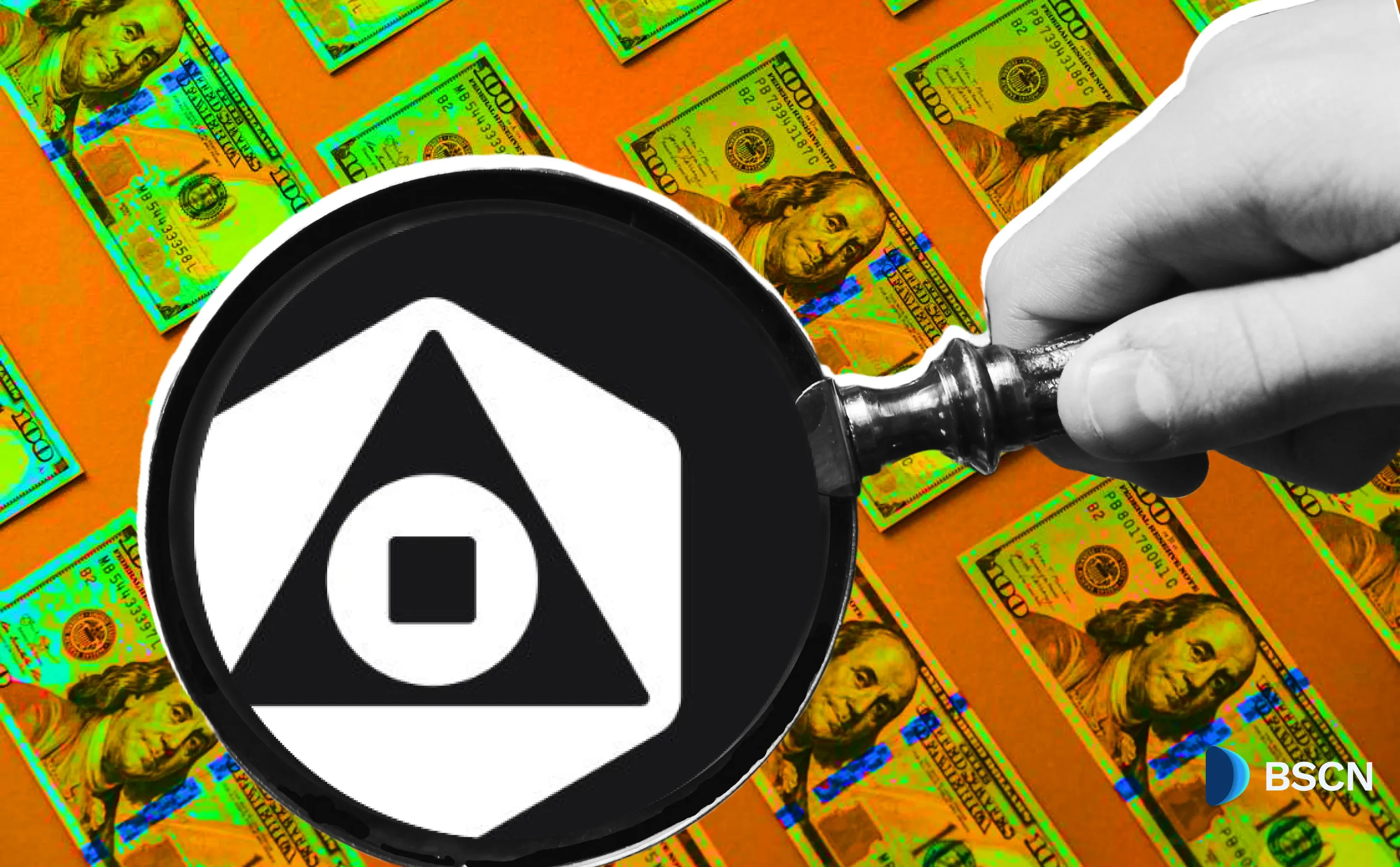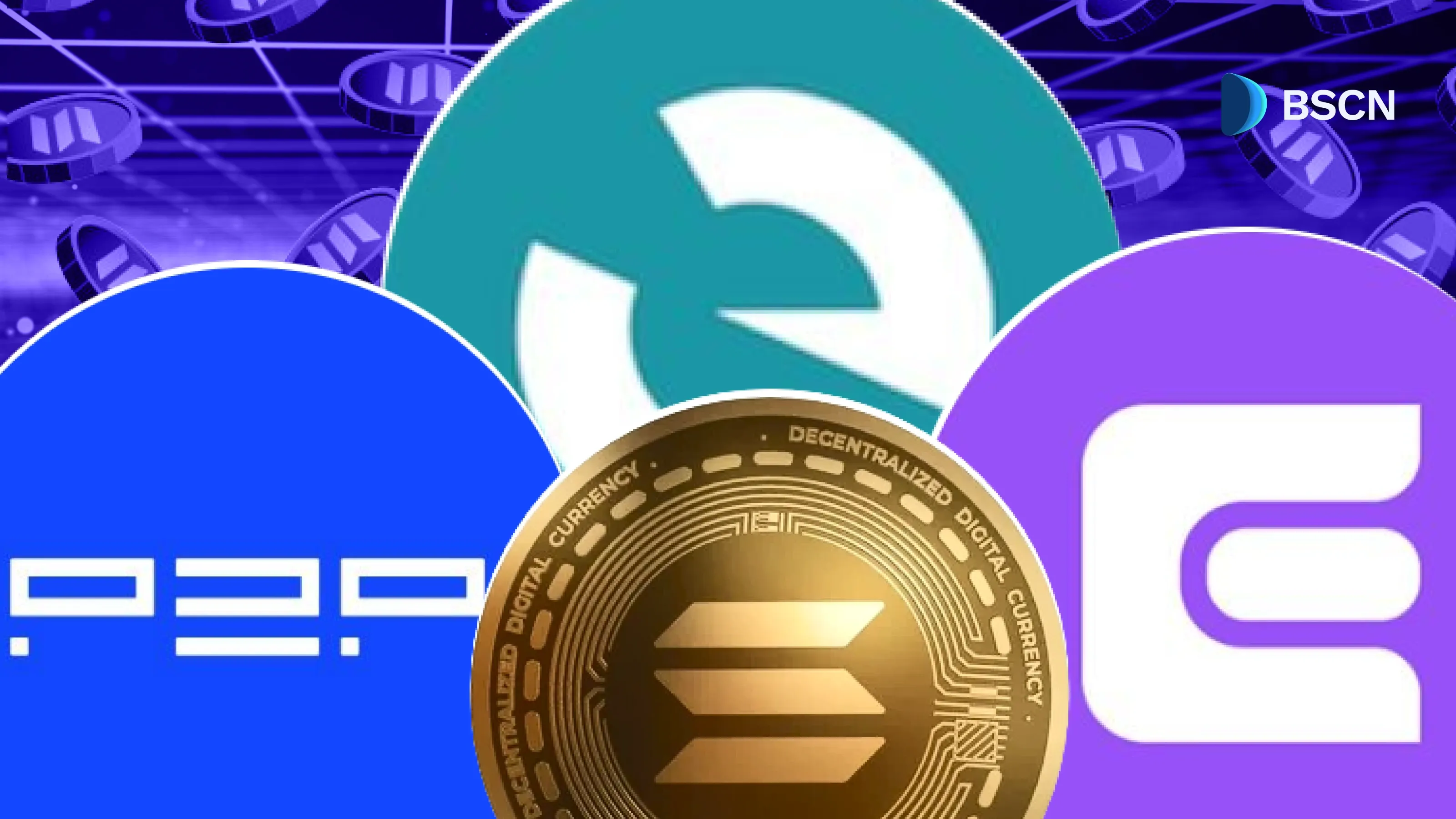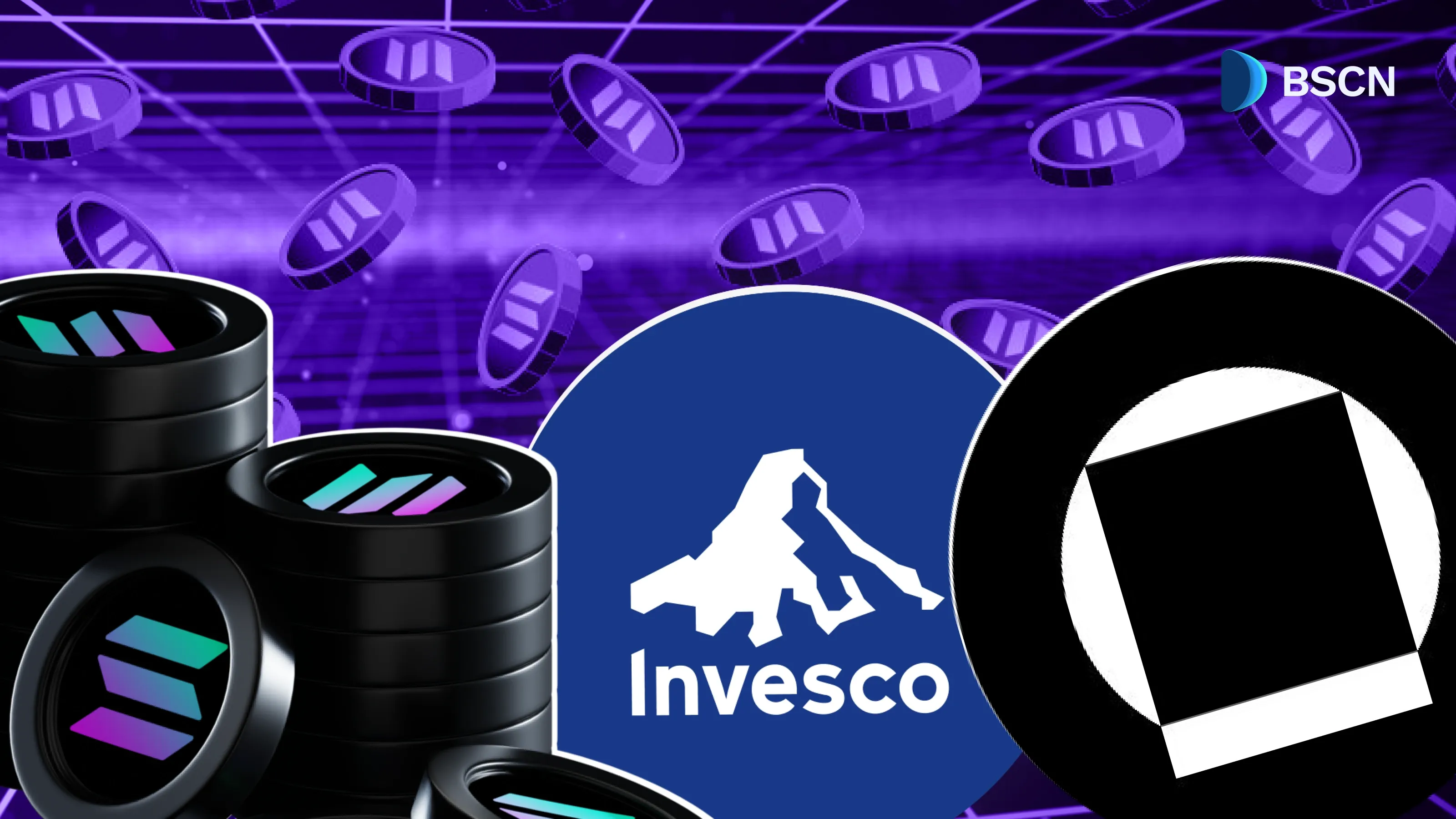ETH
Guest Research: How Profitable Are Rollups?

A Brief Analysis of Revenue Generation in zkSync, Arbitrum, Optimism, and Base
Guest Writer: @poopmandefi
September 19, 2023
Thank you to @poopmandefi for submitting this guest article.
Successful rollups are super profitable. zkSync has made a total of ~$20M in revenues from its rollup (excl. cost)
Some other ecosystems and their rollup revenue:
- Arbitrum ~ $11.87M
- Optimism ~ $8.90M
- Base ~ $5.14M

Yet, most of us still don't know how rollups generate revenue. Let's dive into a 3-min read about Rollup economics.
What is a rollup?
First, a rollup is a scaling solution that bundles transactions off-chain and then sends this bundle back to the layer-1/base-chain later for settlement.
There are two popular types of rollups:
- Optimistic Rollups
- ZK Rollups

Despite the differences between the two in the proof method, they share a common goal: Striking a balance between the rollup costs and revenues.
To understand how they do it, we first need a basic understanding of the rollup economics.
The Major Players in a Rollup Economy
First, there are 3 major parties in a rollup:
- Users
- Operators
- Ethereum/Base Layer
Each of these parties represent a part of the value flow within a rollup.

Let's talk about users first.
Rollup Users:
Rollups rely on users to survive. Users pay gas fees to execute transactions on the rollup/layer-2.
These fees are one of the major sources of income for an L2 [the details of revenues will be discussed later in the article].
Rollup Operators:
Moving on, we have operators. The fees paid by users go to the rollup's operators that are responsible for sequencing, bundling, and producing the batch, or provers that need to compute the validity proof.
These are the computational resources that are necessary to run the infrastructure behind rollups.
The Rollup Base Layer:
Lastly, the base layer. The compressed transactions or messages from the rollup need to be posted on the base layer for settlement, which is the most expensive part out of all the steps.
Running a system inevitably incurs costs, and revenues that motivate each party to work.

In Just 3 months…
zkSync has paid more than $13M for its data availability & proving costs, followed by Arbitrum at $8.3M and OptimismFND at $6.5M. But what are the sources of these costs? There are 3 major components behind these figures:
- Operator costs
- Data availability costs (DA)
- Proving costs
Rollup Costs
Operator Costs
Operator costs involve the cost of sequencing batches, validating transactions, producing blocks, etc. Since most rollup operators are centralized these days, the costs are handled by the protocol itself or partnered parties.
DA Costs
DA cost is the cost for batch submission - Once an operator accumulates enough data, it publishes the data to the base layer in the form of "CALLDATA".
The cost of publishing data is incurred by the base layer, and the market price of data is governed by EIP-1559.
Proving Cost
In a zk rollup, nodes on the L2 need to submit a validity proof to prove the correctness of the changes. This process requires a proving cost whenever a change in state is required.
Rollup revenues

Now we understand the major cost of a rollup, and can deduce that there must be corresponding revenues to offset these.
Revenues for Rollups rely on 2 major sectors:
- Transactions fee
- Token Issuance
Firstly, let's look at transaction fees…
Transactions Fee:
Whenever a user makes a transaction on a rollup, a fee is collected from that transaction. In addition, rollups can also generate revenue from congestion fees (in the sequencers) as well as from extracting MEV from trades.
Token Issuance:
Launching a native L2 token can be an important source of income for the team.
Tokens help cover infrastructure costs, while aligning incentives among operators & investors, and even facilitate decentralization in terms of shared service (The future of L2).
Excluding revenues from token issuance & fundraising, zkSync still dominates the chart by earning ~$20M in total from txs fees, profiting $6.87M after subtracting the costs. Meanwhile, both Base and Arbitrum are profiting $3.5M each, sharing 2nd place among L2 competitors.
Summary

To sum up, a rollup involves 3 major players: Users, Operators and an L1 (the base layer). The costs of running this system are Operator costs, DA costs, and Proving costs (mostly in zkRollups). To offset these costs, rollup revenues rely on transaction fees and token issuance.
Digging deeper, the value flow between users and operators can be summarized by the following equations:
- First, User needs to pay for = L1 DA cost + operator cost + L2 congestion fee
- Second, Operator cost = L1 DA cost + cost of maintaining the operators
Thirdly, Operator revenues = L2 User Fees + MEV in Sequencers - Operator Surplus = Operator revenues - Operator costs
With this primary school mathematics, we can reckon the profitability of operators in different rollups.
With that said, maintaining a budget balance/surplus is still the primary goal of each layer-2 now.
Hence, many L2 are experimenting with different economic designs, including (1) Reducing posting costs to the L1 via strategic posting (2) Optimizing L2 congestion fees and more…
For more, please refer to https://x.com/poopmandefi/status/1697973247181238538?s=20
Disclaimer
Author

Guest Writer: @poopmandefi
An independent blockchain and DeFi researcher, dedicated to uncovering unique insights and perspectives to help you understand every aspect of the DeFi space. The world needs superman, and crypto needs poopman.
Latest News
Crypto Project & Token Reviews
Project & Token Reviews
Comprehensive reviews of crypto's most interesting projects and assets
Learn about the hottest projects & tokens
Latest Crypto News
Get up to date with the latest crypto news stories and events









